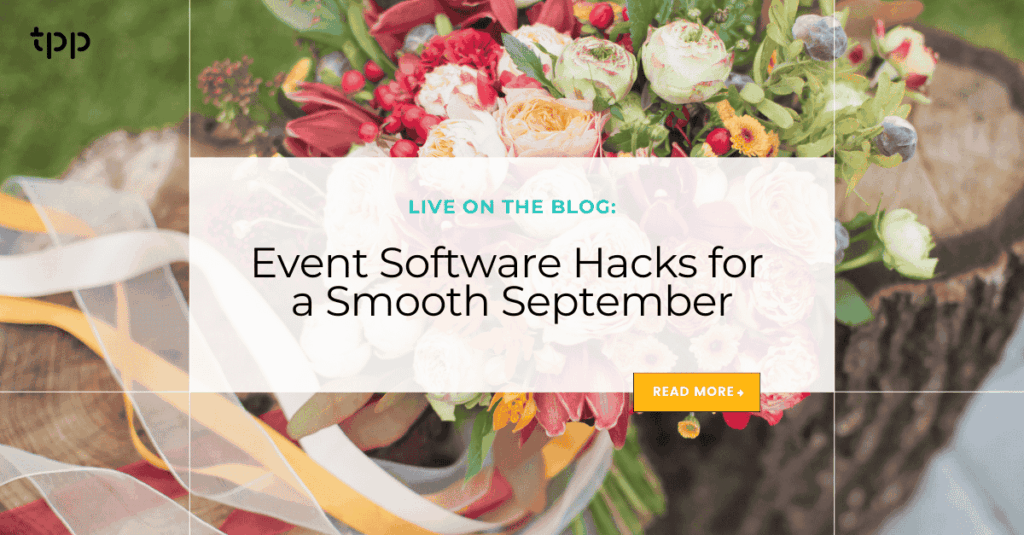Layouts for Corporate Meetings
By Sandy Hammer, AllSeated
Planning a corporate meeting can seem easier than social functions, as the décor tends to be minimal and you generally only have to work with one space. However, corporate events carry their own set of guidelines to follow and it’s important to keep them in mind while planning a layout.
Before anything, it’s essential to gather all of the essential information from the client to ensure that you take everything into account. Do you need a stage? How about audio visual and sound equipment? Corporate meetings often have keynote speakers that impact the floorplan significantly. The top layout styles that work best for meetings are classroom, theater, crescent, and banquet — these are all classic floorplans that accommodate open discussion. Chevron style has become popular as well, as it angles people to get a better visual of the speaker.
Sight lines
Consider the sight lines of the speakers’ area from all of the corners of the event space to ensure that everyone is able to see the guest speaker and/or screens. If they will be showing videos or presentation slides, you’ll need to arrange the layout so that all attendees are able to view and listen easily from where they are seated.
Technical needs
In some cases, the placement of the stage or equipment may need to be based on wiring and connectivity, so do your due diligence to understand where the best speakers’ spot would be and build from there. Layouts need to factor in Internet access, microphones, presentation screens, and speakers, and other tech needs that will keep the event running smoothly.
Guest hospitality
You should also consider how attendees will be most comfortable during their meeting. Seating styles need to factor in whether notes will be taken, if there will be water, mints, or note pads on the tables, and whether there will be food and beverage stations.
Most meetings that take place all day will have breaks for attendees to stretch their legs and network. It is always a good idea to have a designated space for this time. If possible, set up this area in a new space to give guests a change of scenery. For a streamlined process, it might make more sense to have tables in the back where guests can grab a boxed lunch and take it back to their seats.
More than other events, corporate meetings can have fluctuating guest counts. Attendance can change at the last minute, so it’s important to keep layouts flexible and able to accommodate more seats if needed. In any case, just be sure that the sight lines are clear — your floorplan should revolve entirely around speaker visibility.
With over 20 years of experience in the international events industry, Sandy Hammer is the co-founder and CMO of AllSeated, a collaborative network for planning events that offers tools including floorplans, 3D view, Guest List, RSVP, Seating, Timelines, Mobile Check-In and more.





